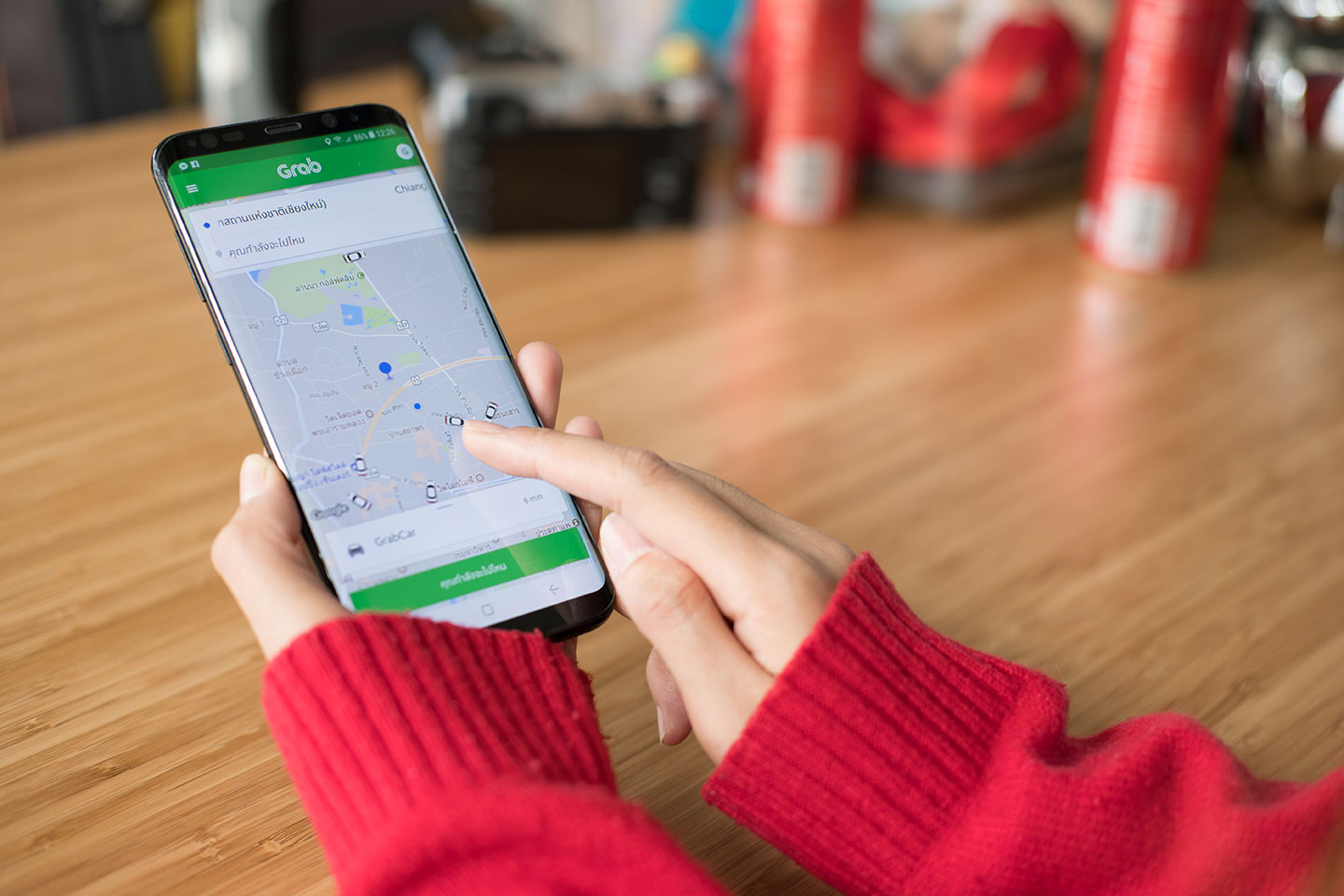In just over six years since its founding, Grab has grown tremendously. Despite being a late entrant, it beat Uber, its multinational rival.
Like many start-ups such as Tencent in China and Go-Jek in Indonesia, Grab’s ambitions haven’t stopped at being a leading player in the shared transport space, as it moves into food delivery, payments and other services.
This expansion has shown early promise, at least in terms of growth in partners, for instance the number of restaurants on GrabFood, and customers, for GrabPay.
Grab’s initial success on these counts raises several questions as to the extent of Grab’s ambitions and what its expansion means for consumers.
There was considerable alarm over Grab’s potential monopoly power when news of its acquisition of Uber’s Southeast Asian businesses sent shockwaves across the region, and the acquisition incurred fines from the Competition and Consumer Commission of Singapore (CCCS).
No doubt Grab’s plan for a rapid proliferation of services may have huge implications and consumers may be suitably worried.
Consolidation
In the shared transport space, the more popular an app, the more attractive it is for its drivers and consumers, given network effects. Hence there tends to be consolidation of market share, which is what caused concern for CCCS and consumers.
Grab has since taken some mitigating steps, at least in terms of offering better terms to drivers, including guaranteed income for meeting specific targets, announced just last week.
Yet prices apparently have risen by 10 to 15 per cent and stayed that way because of fewer promo codes and less attractive rewards, which is what alarmed the CCCS and led it to require that Grab remove the clause of exclusivity for Grab drivers.
So, shared transport will remain a flashpoint for Grab given its unbeatable market share even as it tries to make amends to regain trust with commuters and drivers.
Monopoly power
Yet, concerns about monopoly power are likely to be less salient for mobile payments, where there are many players vying in the area of small payments consumers use to pay for everyday purchases, such as in hawker centres, through the use of digital wallets.
Grab also faces stiff competition from the like of FavePay, Paylah, and NetsPay, among others.
While Grab has a captive base of Grabpay users, the fact remains that the big boys NETS and DBS (Paylah) have existing infrastructure and deep pockets, coupled with strong commitment from their top management, to be key players in this space.
The space of payments for business transactions looks even more crowded and likely affords advantages to larger, incumbent multinational players such as banks, Visa, Mastercard and AliPay.
So concerns about potential dominance by Grab are limited. GrabPay offers good convenience for its users but how dominant Grab will become is anybody’s guess. The most likely scenario is that multiple payment platforms will coexist, without one party dominating.
GrabFood has made impressive strides in signing up a good number of restaurant partners but concerns about higher prices charged to consumers may be tempered because of two factors.
First, existing competition in the form of Deliveroo, FoodPanda and Honestbee, among others. Given the popularity of food delivery in Singapore, the sector is likely to continue to attract new entrants even if we see market consolidation in the future.
Second, the business model of food delivery companies is also funded by commissions from restaurants, not just fees from users.
Given high rents in Singapore, restaurants will generally be open to charging a lower price and giving incentives to food delivery companies because they provide additional business without using restaurants’ most expensive and constrained resource – space.
Emerging competition
So it seems despite grand plans of expansion in a variety of services, concerns about Grab’s market power will be most salient in the shared transport space.





